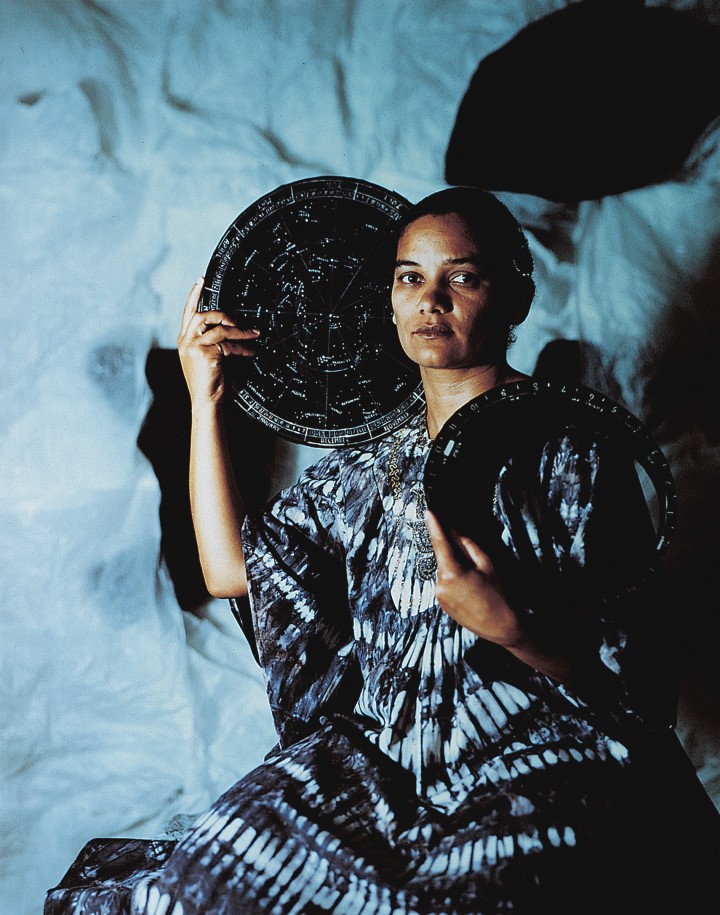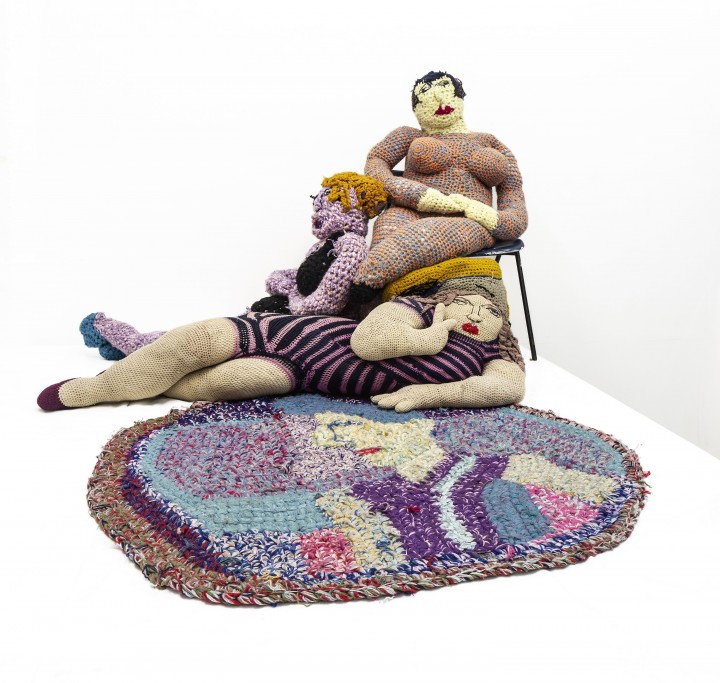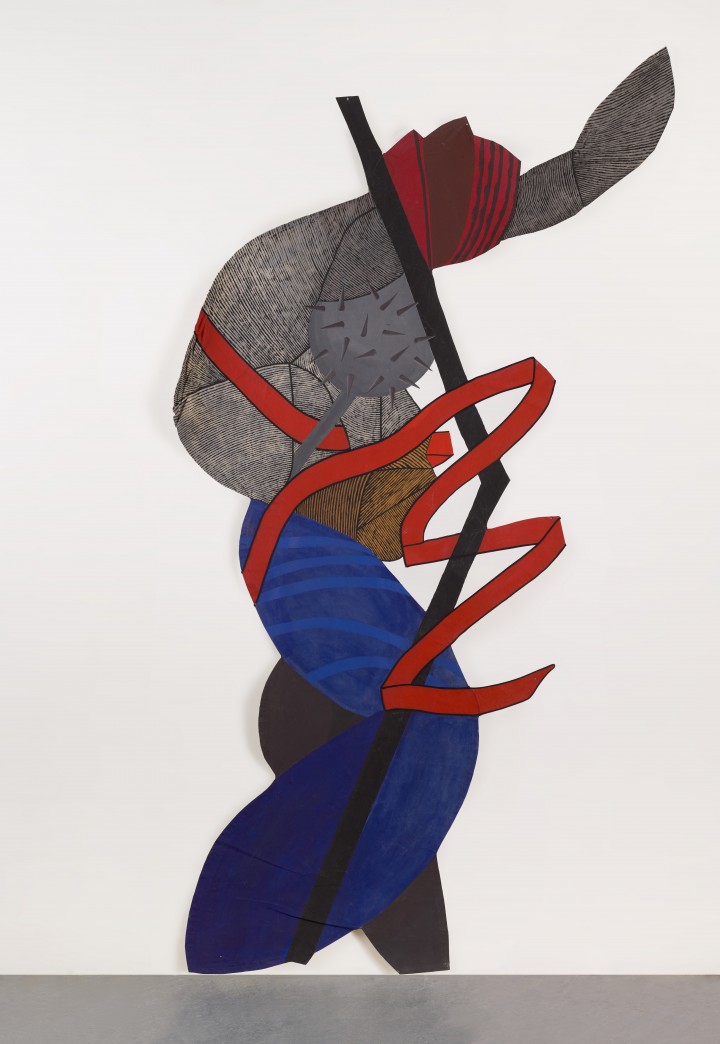Scottish Art News
Latest news
Magazine
News & Press
Publications
Women in Revolt!
By Susan Mansfield, 27.06.2024

Making Women in Revolt! Art and Activism in the UK 1970-1990, currently at National Galleries Scotland: Modern Two, was a labour of love for Scots-born curator Linsey Young. Young, who is curator of British Contemporary Art at Tate Britain, worked for five years on the gargantuan show, which is the first survey exhibition of feminist art in the UK.
She said: “I’m a curator of British contemporary art, and I realised I hadn’t been taught about feminist art practice in the UK. Women’s art went from Barbara Hepworth to Tracey Emin with a huge gap in between. This kind of exhibition is still really scary to people trying to hold on to old models of male-focussed art history.”
Revealingly, of the 700 objects in the original show at Tate Britain, only a handful came from the museum’s collection. Much of the work was salvaged from the artists’ own attics. Young describes the show as being “like a night out with your best pals - conversations between women unfolding”.
We look at some of the remarkable Scottish women who feature.
Erica Rutherford Born Eric Rutherford in Hawick in 1923, (s)he attended Dartmouth Royal Naval College, then went to RADA and, after a time as an actor, studied art at the Slade. Rutherford married four times and lived in South Africa, Ibiza and the USA. In 1976, at the age of 53, she underwent gender affirmation surgery in St Louis and around this time began to create paintings in a pop art style which show versions of herself wearing fashionable clothes. She died in 2008 not before publishing her story, Nine Lives: The Autobiography of Erica Rutherford. She is described as an “exceptional painter”, her pop art work being of particular interest as so few women worked in that genre.
Carole Gibbons was born in 1935 and studied at Glasgow School of Art in the late 1950s. In the 1960s, she travelled in Europe and began painting with a bright palette of colours which has been a feature of her work ever since. Her dream-like paintings sit between abstraction and representation, often with an element of landscape or of domestic interiors. She was the first woman to have a solo show at Glasgow’s Third Eye Centre in 1973, but her work slipped from public attention, only to be championed in recent years by artists such as Lucy Stein, with whom she exhibited at Gimpel Fils in 2012. Her first monograph was published in 2023, and her work was shown in the USA for the first time this year. She lives in Glasgow and continues to paint.
Rita McGurn was born in Glasgow in 1940. She worked at Glasgow School of Art as a life model but was self-taught as an artist. A mother of five, she worked as a designer for theatre, TV and film, and at home she was constantly making, crocheting life-size figurative sculptures, though she never spoke of them as artworks. Several of her large-scale works are included in Women in Revolt. She died in 2015, and the first solo exhibition of her work was held by Celine in Glasgow two years later. Her youngest daughter, the artist France-Lise McGurn, exhibited Rita’s sculptures along with her own paintings at Margot Samuel, New York, in 2023.
 Rita McGurn, Untitled Rug and Figures, 1974-1985. Photography by Keith Hunter
Rita McGurn, Untitled Rug and Figures, 1974-1985. Photography by Keith Hunter
Sam Ainsley’s 3.5-metre tall Warrior Woman was part of her seminal solo show, Why I Choose Red, at the Third Eye Centre in 1987. While most of the work from the show was subsequently lost, this piece survived, having been bought for the collections of the National Galleries of Scotland. Born in North Shields in 1950, Ainsley studied at Newcastle Polytechnic then Edinburgh College of Art. In her work, she set out to affirm the power of women, and the right of women be visible and take up space in the world. She also produced banners for the Greenham Common Peace Camp. A teacher at Glasgow School of Art for many years, she co-founded the MFA programme, and has been hugely influential on a new generation of artists.
 Sam Ainsley, Warrior Woman V_ The Artist, 1986 © Sam Ainsley. Purchased 1987
Sam Ainsley, Warrior Woman V_ The Artist, 1986 © Sam Ainsley. Purchased 1987
Franki Raffles was born in Salford in 1955 and grew up in London, coming to Scotland to study Philosophy at the University of St Andrews. After graduating, she lived on the Isle of Lewis where she began to work as a photographer. In the 1980s, she was a jobbing photographer in Edinburgh working for community groups, arts groups and charities, and often using her work to raise awareness of gender inequality. She also travelled all over the world documenting women’s lives. She is best known for her work on the Zero Tolerance Campaign which began in Edinburgh in 1991 and was taken up by local authorities all over the country. She died in 1994, aged just 39.
Maud Sulter was born in Glasgow in 1960 to a Scots mother and Ghanaian father, and was first a writer and poet before becoming an artist. By the time she graduated with an MA in photography from the University of Derby in 1990, she was already an important figure in the Black Arts Movement. She set up Urban Fox Press with Lubaina Himid and produced, with Ingrid Pollard, the landmark book Passion: Discourses on Blackwomen’s Creativity. Her own photography included depictions of herself as historical and mythological characters, re-evaluating history through the eyes of a Black woman. Her work feels decades ahead of its time and is much referenced by younger artists of colour today. She died in 2008, aged 47.
Women in Revolt! Art and Activism in the UK 1970-1990 is exhibited at National Galleries Scotland: Modern Two until 26 January 2025, tickets £4-£14, www.nationalgalleries.org




